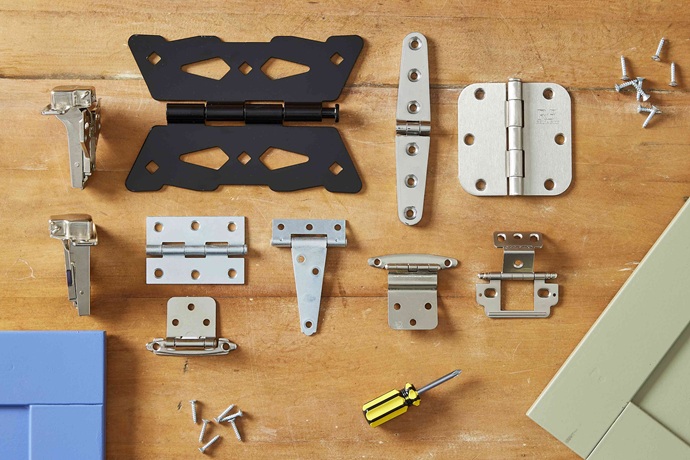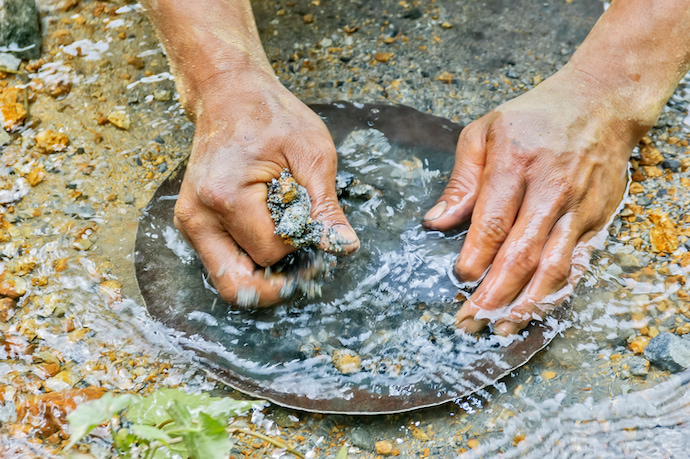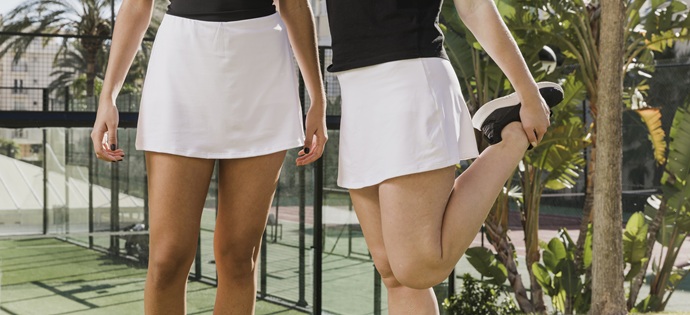Ballet is an art and for many, tutus are certainly the symbol of ballet dancing. They are usually worn by female dancers and come in two main forms – a tutu skirt or a tutu with an attached bodice. The tutu makes the lines and the body placement more visible to the ballet instructor and can help the dancer move safely and correctly.
For professional ballet dancers, their dance training becomes a lifestyle. The beginnings are important and constant practice is the key to learning new techniques and skills, even when you want to say goodbye to sore feet. But when it comes to your stage performance, it’s your tutu that can transform you into a black swan, sleeping beauty or any other character.
For many dancers, the tutu feels like a rite of passage in the dance world and the epitome of ballet success is the day when your dance instructor tells you that you get to wear a tutu in the upcoming show. Little ballerinas dream of wearing puff tutus and many little girls love tutus just for dress-up. There are many different styles of tutus NZ dance stores offer, but what’s the main purpose of a tutu?
Different Styles of Tutus
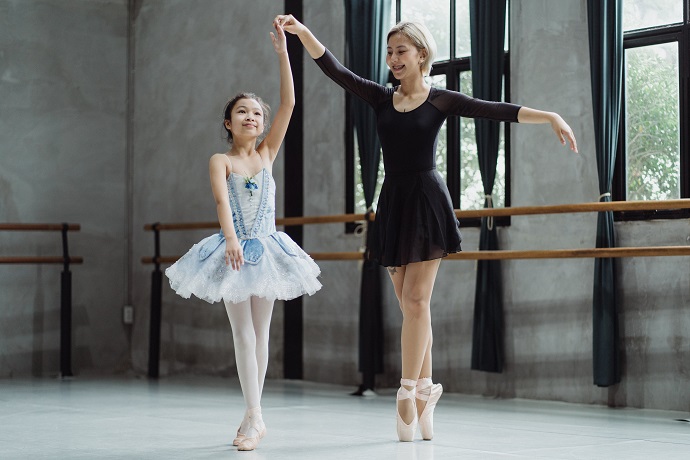
A tutu can be made of fabric such as tulle, silk, tarlatan, muslin, gauze or nylon, and detailed to the extreme and customised to every sequin to tell the audience what character is the dancer playing.
The tutu was first introduced to the world by ballet dancer Marie Taglioni in 1832. It is believed that tutus were designed to protect the modesty of female dancers, but also to emphasise their footwork. As hemline fashion was getting shorter, so has the tutu.
Styles of tutus have changed from long and flowing skirts with a full silhouette to the latest styles that leave the dancer’s legs in full view. You can choose from different styles of tutus NZ dance stores offer and find the perfect piece.
Romantic Tutu
Marie Taglioni’s tutu design became known as the romantic tutu. It’s the original tutu, typically made of 3 to 5 layers of tulle and can be cut anywhere between the knee and the ankle. The main purpose of a romantic tutu is to emphasise airiness.
There are two types of romantic tutus you can find out there. The first has the skirt beginning at the waist and the second type begins at the hip and is sometimes referred to as a romantic tutu with Basque.
Classical Tutu
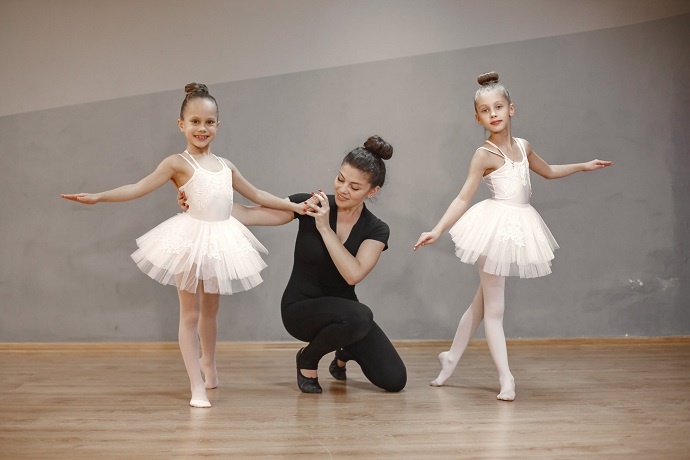
In the late 1800s, as pointe work was becoming more sophisticated, tutus were cut above the knee to show the complicated ballet footwork and allow ballerinas to move more freely and gracefully on stage. That’s how the classical tutu was introduced to the world. Today there are 4 different styles of classical tutu available, such as the following.
Pancake Tutu
A pancake tutu comes straight out of the hips, it’s short and has several layers of tulle and net. These layers are supported by a wired hoop embedded in between, so the tutu can provide a bouncy effect when the ballerina finishes a movement. Very often, this type of tutu is made on a pair of briefs to provide a seamless look and prevent it from slipping.
Platter Tutu
A platter tutu is similar to a pancake tutu, it’s short and sticks out from the dancer’s waist. The main difference is that a platter tutu has no pleats like a pancake tutu, instead, it has the top layer decorated.
Bell Tutu
A bell tutu is short and stiff and made of multiple layers of netting that is not supported by a wired hoop. This design makes the skirt loosely tacked and it falls in a bell shape, hence the name.
Powder-Puff Tutu
A powder-puff tutu is short and doesn’t stick out as far as a pancake or a platter tutu does. It has a few layers of netting, but no wired hoop in them. Its design gives a softer and fuller appearance and the tutu moves freely together with the dancer.
The Tutu’s Anatomy
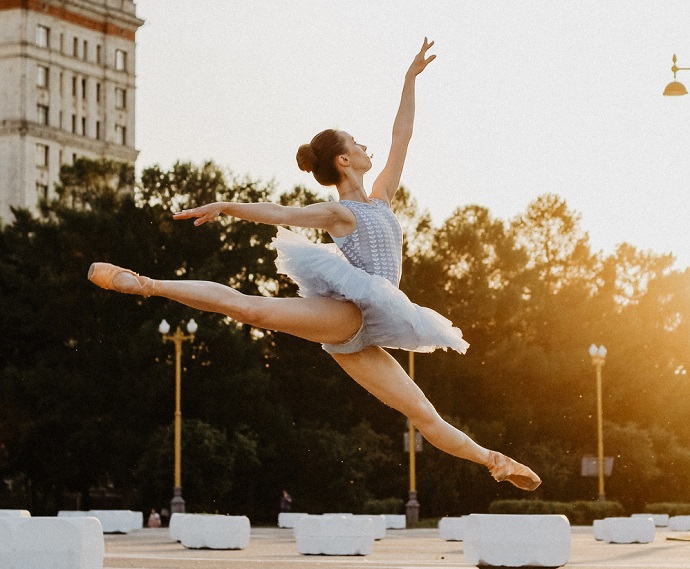
The Bodice
Having confidence in your costume is very important while performing. The modern tutu is a dress worn as a costume in a ballet performance, often with an attached bodice. It’s shaped like a corset and shoulder straps and is designed to move with every move the ballet dancer makes.
The Basque
This is the part that extends from the dancer’s waist to the crotch. It looks like a pair of panties and is made from the same fabric as the bodice. The Basque has two parts – upper and lower. The upper part extends from the waist to the hips and can be seen, while the lower one forms the base for the layers of tulle and net.
The Frills
A tutu usually has an average of 12 layers of frills. The layers of the tutu are attached 15mm from each other to be perfectly aligned to the Basque. Tutus for young girls have small frills, no longer than 1 to 1.5mm, from the top of the leg hole to the crotch line. The length of the tutu depends on the height of the dancer.















